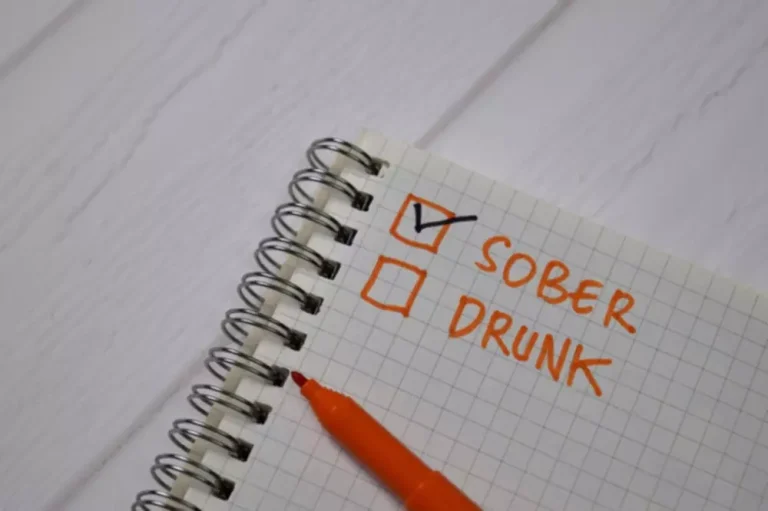
Infection or other stressful events also can lead to immune-triggered platelet production, a condition called rebound thrombocytosis, which may occur immediately after withdrawal from both heavy and one-time heavy (binge) drinking (Numminen et al. 1996). Although highly individualized and dose dependent, alcohol use also can increase bleeding time (i.e., taking longer to develop a clot)(Salem and Laposata 2005). Experts have known for a while that heavy drinking — meaning eight or more drinks per week for women and 15-plus per week for men — raises your risk for high blood pressure (a.k.a. hypertension). When blood pressure, the force of blood flowing through your arteries, is consistently high, that ups your risk for heart attack, stroke and heart failure, as well as vision loss and kidney disease. Now experts have reason to believe even moderate drinking carries risks. Some studies suggest low amounts of alcohol may help reduce blood pressure or risk of heart disease.
McCaul 1991 published data only
Acute alcohol consumption mimics the pattern of social drinking, and evidence indicates that even one glass of an alcoholic drink can increase heart rate. The magnitude of the effects of alcohol on blood pressure and heart rate varies, based possibly on genetic factors and on the amount of alcohol consumed. We classified seven studies as having high risk of bias (Agewall 2000; Bau 2011; Dumont 2010; Fazio 2004; Karatzi 2013; Maufrais 2017; Van De Borne 1997). Agewall 2000 measured blood pressure upon arrival of participants and did not measure blood pressure after the intervention. The aim of Bau 2011 was to determine the effects of alcohol on heart rate variability, so SBP was not measured in this study.
- Even though these studies reported that participants were randomised to receive alcohol or placebo, the method of randomisation was not mentioned.
- So, it was not possible to conduct a subgroup analysis based on blood pressure.
- But when you ingest too much alcohol for your liver to process in a timely manner, a buildup of toxic substances begins to take a toll on your liver.
- Eating a diet rich in whole grains, fruits, vegetables and low-fat dairy products and low in saturated fat and cholesterol can lower high blood pressure by up to 11 mm Hg.
- We included adult (≥ 18) participants of both sexes without any restriction on their health condition.
Could stress relief and a lower risk of diabetes explain the link between moderate drinking and cardiovascular health?
- The decrease in SBP was greater with 30 g of alcohol seven hours after consumption compared to placebo and 15 g and 60 g alcohol‐consuming groups.
- As a general goal, aim for at least 30 minutes of moderate physical activity every day.
- We also did not rate the certainty of evidence based on the funding sources of studies or on lack of a registered protocol because we did not think this would affect the effect estimates for these outcomes.
- If your numbers are higher than they should be, eating a healthy diet, exercising, and drinking only in moderation can help get them back in the normal range.
- However, if you want to partake in alcohol consumption, the Dietary Guidelines for Americans 2020–2025 and the National Institute on Alcohol Abuse and Alcoholism (NIAAA) provide the following guidelines.
- Regular aerobic exercise can lower high blood pressure by about 5 to 8 mm Hg.
There’s a way to have a healthy, balanced relationship with alcohol that lets you enjoy a drink occasionally and celebrate with friends and family. But your heart is an important organ that should also be cared for, so be sure to drink in moderation, learn about binge drinking and know what your body can (and can’t) tolerate before opening that tab. Your age and other risk factors linked to heart and blood pressure health will ultimately aid your decision what does alcohol do to your blood pressure with your doctor about drinking. But don’t expect any “all clears” for anything beyond light-moderate drinking. Both reviewers (ST and CT) rated the certainty of evidence independently by examining risk of bias, indirectness, inconsistency, imprecision, and publication bias. Both review authors (ST and CT) rated the certainty of evidence independently by examining risk of bias, indirectness, inconsistency, imprecision, and publication bias.
Flechtner‐Mors 2004 published data only
But if you have no hereditary risk factors, a glass (for women) or up to two (for men) may be justified, depending on your age. Light-moderate drinking (defined as up to two drinks a day for men, one for women) has shown a subtle drop in blood pressure in some cases. In small amounts, it has been shown to lower blood pressure by 2 to 4 mm Hg (millimeters of mercury) in women. Most experts agree, though, that does not https://ecosoberhouse.com/ show a significant enough drop to advise drinking for an entire population. A 2019 study suggests that drinking hibiscus tea twice per day alongside lifestyle and dietary strategies may help reduce blood pressure in people with stage 1 hypertension. Researchers found this group had a reduced risk of hypertension after drinking 30 grams, about 2 tablespoons, of a specific form of aged white wine every day for 3 weeks.
- We classified the remaining 33 studies as having low risk of bias because heart rate was measured and reported.
- We (ST and CT) independently screened the citations found through the database search using Covidence software (Covidence).
- Even a small amount can affect important functions like speech and movement.
- In the case of detection bias, we classified nine studies as having low risk of performance bias (Agewall 2000; Bau 2005; Bau 2011; Cheyne 2004; Dai 2002; Karatzi 2013; Narkiewicz 2000; Rosito 1999; Van De Borne 1997).
- Keeping blood pressure within a healthy range can reduce the risk of adverse health outcomes.
- While most studies show this results from drinking more heavily (more than 1-2 drinks a day), Klatsky says some research indicates even light-moderate drinking could play a role in a younger woman’s risk of breast cancer.
Mukamal 2017 published data only

As a general goal, aim for at least 30 minutes of moderate physical activity every day. If you’re overweight or have obesity, losing even a small amount of weight can help lower blood pressure. In general, blood pressure might go down by about 1 mm Hg with each kilogram (about 2.2 pounds) of weight lost. If you have high blood pressure, you may wonder if you need to take medicine to treat it.


Heart rate increased significantly after alcohol consumption and remained increased at all times measured. Drinking excessive alcohol is considered one of the most common causes of raised blood pressure. We wanted to quantify the effects of a single dose of alcohol on blood pressure and heart rate within 24 hours of consumption.
Stott 1991 published data only

Kawano 1999
- Some people may be able to continue to drink alcohol in low amounts if they have high blood pressure.
- The baroreceptor reflex helps your body maintain normal blood pressure levels.
- Consuming alcohol can increase the risk of high blood pressure and other metabolic conditions in several ways.
- One study found that three glasses of nonalcoholic red wine a day over a month led to a significant drop in blood pressure in men with heart disease risk factors.

0 Comments